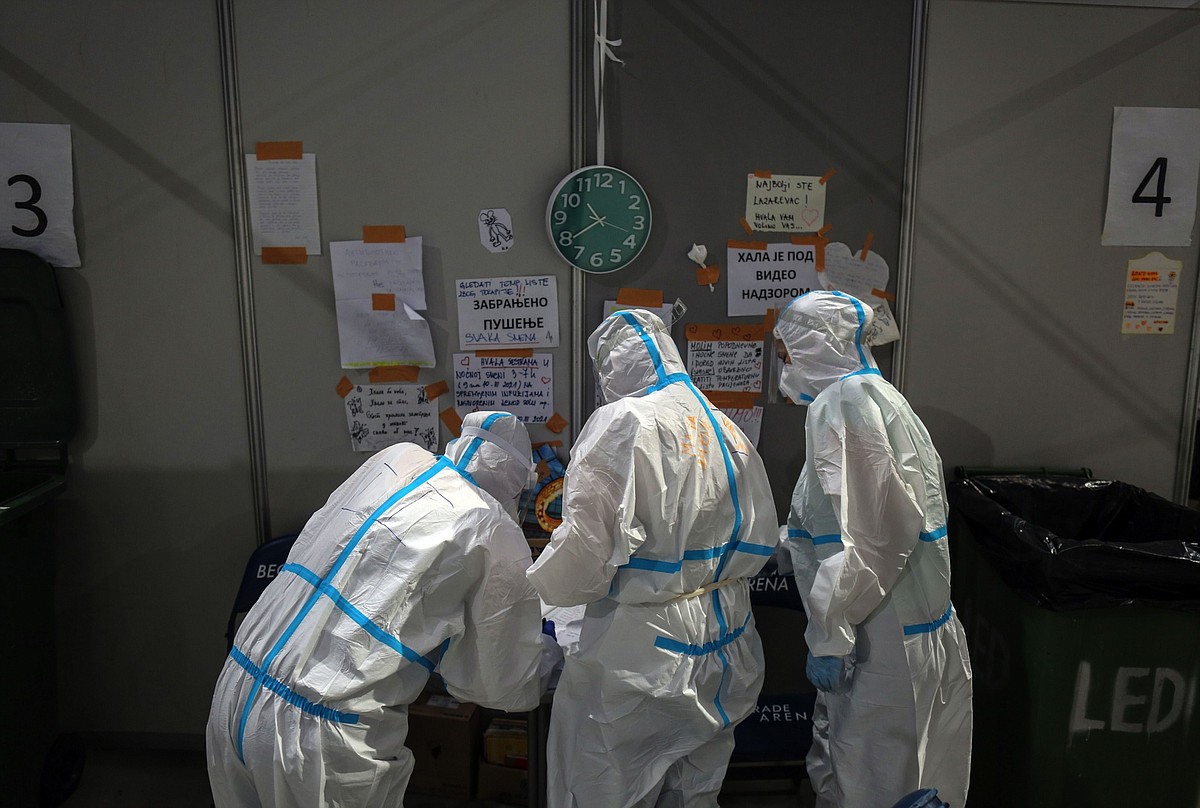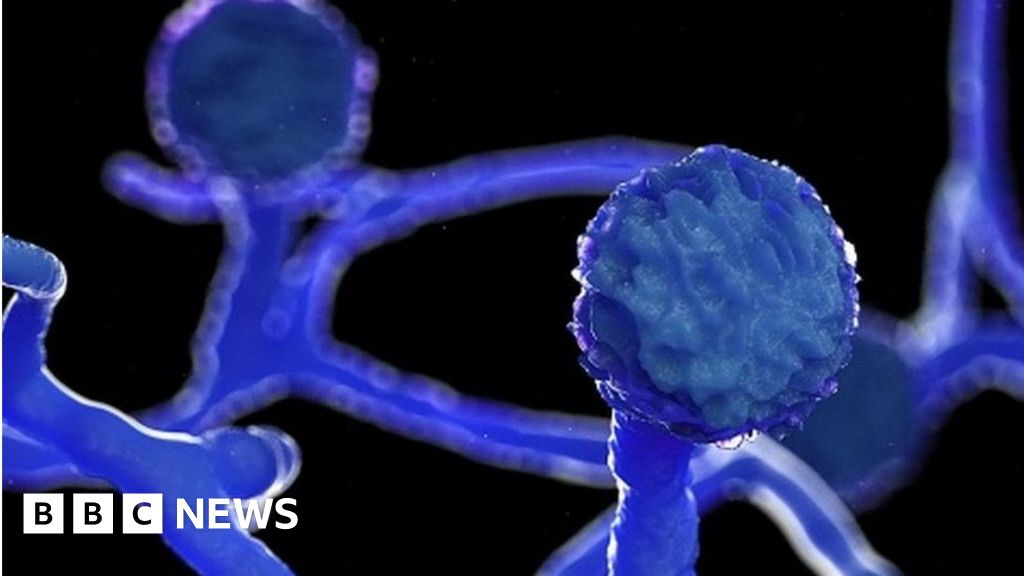SorcererMC
Well-Known Member
There's an increased possibility of a diabetes diagnosis following coronavirus infection and the reasons for it aren't entirely clear just yet.

 www.nwaonline.com
www.nwaonline.com

Researchers tie covid survivors, rise in diabetes | Northwest Arkansas Democrat-Gazette
When Ziyad Al-Aly's research team told him how often diabetes appeared to strike covid-19 survivors, he thought the data must be wrong, so he asked his five colleagues to crunch the numbers again.



